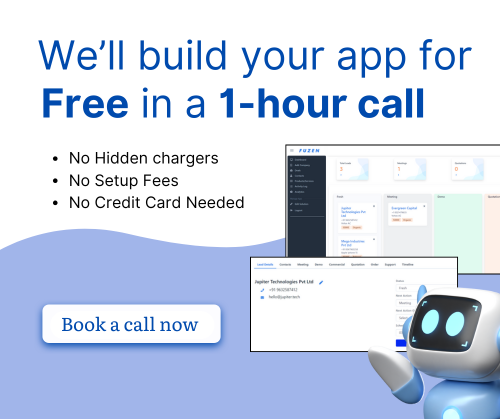Building a Custom SaaS HR System
A SaaS (Software as a Service) HR system is a cloud-based solution that manages various human resource functions. It's designed to handle tasks like recruitment, employee management, payroll, and benefits administration. Instead of installing software on individual computers, businesses access these services via the internet.
HR systems play a crucial role in today's businesses. They streamline HR processes, improve efficiency, and save both time and resources. With a proper HR system, companies can focus more on their core functions rather than getting bogged down with administrative tasks.
Custom HR software solutions provide flexibility to tailor functions according to specific business needs. Unlike off-the-shelf products, custom HR systems can be adapted and evolved as your business grows. This means companies can design features that are unique to their requirements and make adjustments as necessary.
Steps to Build Your Own Custom SaaS HR System
Creating a custom SaaS HR system might sound challenging, but with no-code tools, it’s more approachable than ever. Here's how you can build your own.
Identifying Business Requirements and Goals
Start by understanding what your HR system needs to accomplish. Do you need to manage payroll, track employee performance, or facilitate hiring processes? Define clear goals and requirements. This helps you stay focused and ensures your system will meet business needs.

Choosing the Right No-Code Platform for Development
Select a no-code platformthat fits your requirements and budget. Compare features and pricing of different platforms. Consider factors like ease of use, integration capabilities, and customer support. Don’t rush this step; the right platform can make the rest of the process much smoother.
Planning and Designing the User Interface and User Experience
Design with your end-users in mind! Create a user-friendly interface that’s easy to navigate. Use straightforward menus and intuitive layouts. Good design improves usability and helps your team adopt the new system quickly.
Integrating Essential Features and Tools
Identify and incorporate necessary features. Consider integrating tools that streamline tasks, such as automated reminders, data analytics, or third-party app connections. A well-equipped system will make tasks easier for the HR team.
Testing and Iteration for Optimization
Run tests to spot any issues and fix them early. Gather feedback from users and make necessary adjustments. Iteration helps you refine the system and ensures it’s well-optimized for your team's needs.
Challenges and How to Overcome Them
Building a custom SaaS HR system can be rewarding, but it's not without challenges. Let's dive into some common hurdles and explore ways to overcome them.
Data Security and Privacy Concerns
Data security is crucial in HR systems. You'll handle sensitive information, and any breach can have serious consequences. Here's how you can address these concerns:
- Use robust encryption for data at rest and in transit.
- Implement strict access controls to ensure only authorized users can access sensitive data.
- Regularly update and patch your systems to protect against vulnerabilities.
- Conduct regular security audits and risk assessments.
Migration of Data from Existing Systems
Transferring data from old systems to your new platform can be daunting. But careful planning can ease the process:
- Create a detailed migration plan that includes data mapping and transformation processes.
- Test the migration process in a controlled environment before the full rollout.
- Ensure data accuracy by applying validation checks during migration.
- Provide adequate training for your team to handle migration tasks efficiently.
Handling Change Management within the Organization
Introducing new technology involves change, which can be met with resistance. These strategies can help manage organizational change:
- Communicate clearly about the reasons and benefits of the new system.
- Involve key stakeholders in the planning and implementation phases to gain their buy-in and support.
- Provide comprehensive training to ensure users feel comfortable with the new system.
- Encourage feedback and make necessary adjustments to improve the user experience.
Conclusion and Future Trends in SaaS HR Systems
Building a custom SaaS HR system brings several benefits. It helps tailor the platform to your business needs, leading to better efficiency and improved employee experience. You can streamline operations, automate tedious tasks, and manage HR functions seamlessly.
Looking ahead, the trends in HR technology are promising. AI and machine learning are expected to play a bigger role. These technologies can enhance decision-making by providing data-driven insights. Automation will continue to expand, further relieving HR professionals of routine tasks.
Additionally, there will be a focus on personalized employee experiences, leveraging data to offer customized solutions. Remote work technology will keep advancing, supporting more flexible and diverse work environments.
To stay competitive, adopting these emerging trends and integrating them into your HR systems will be crucial.

